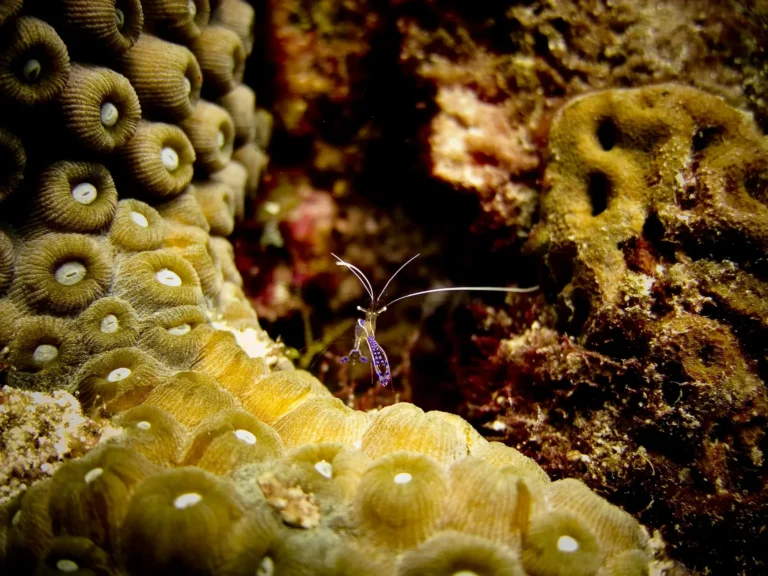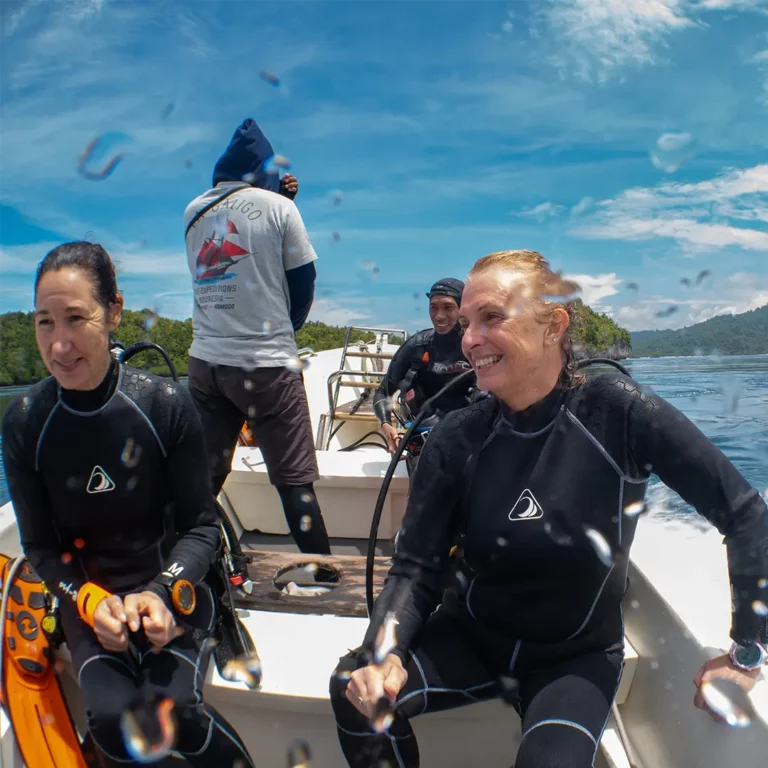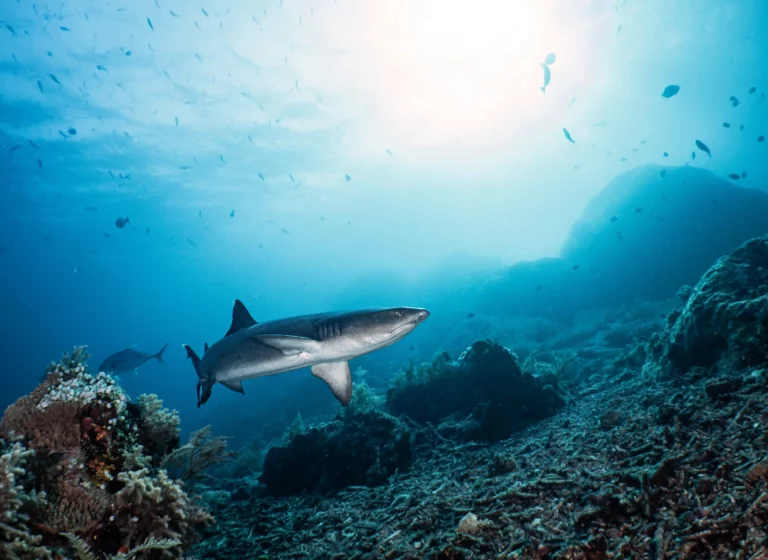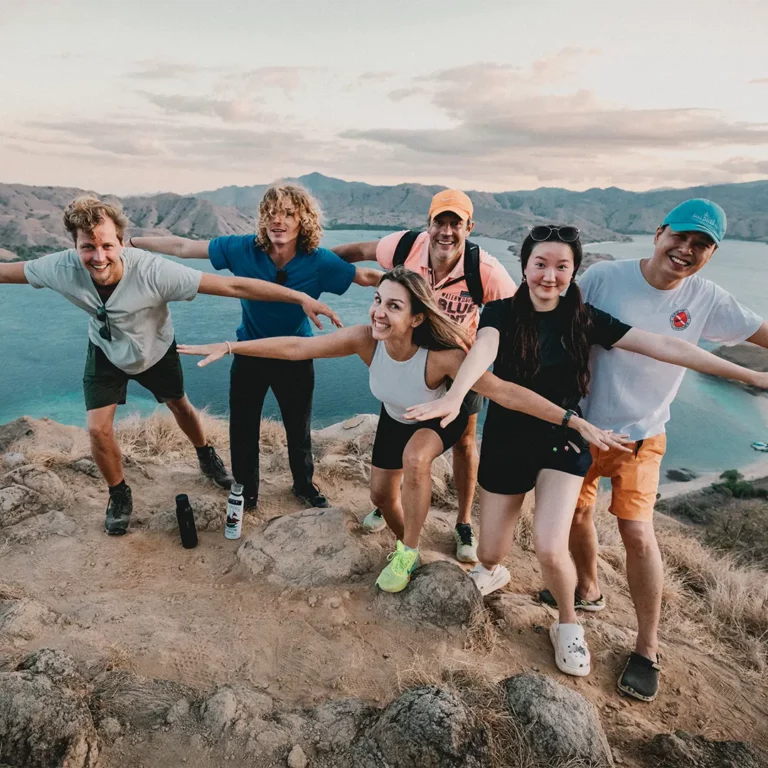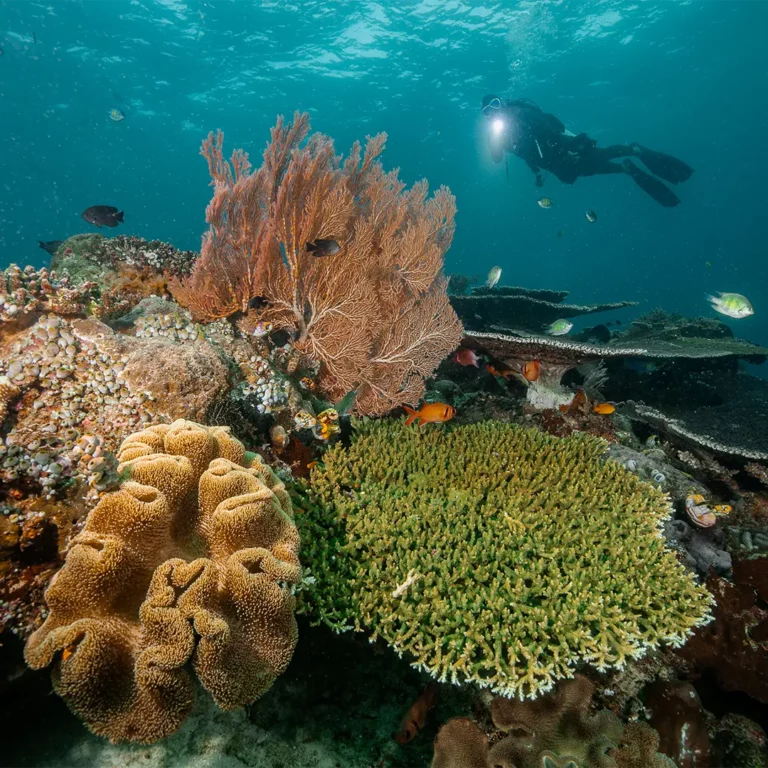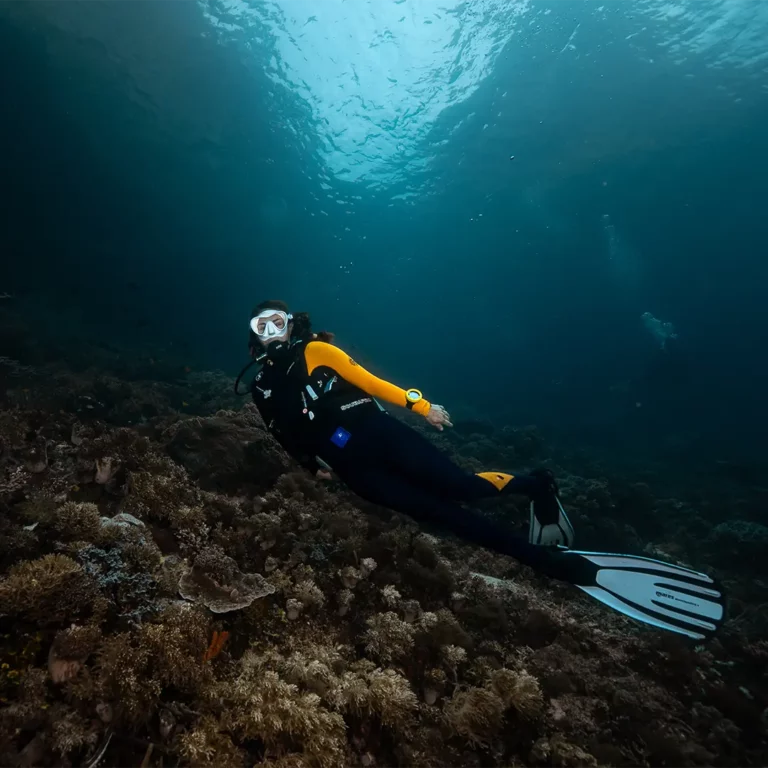Table of Content
- What is a Deep Dive
- What to Know Before You Begin Your Deep Diving
- Deep Dive Tips
- The Do’s and Dont’s in Deep Diving
What is a Deep Dive
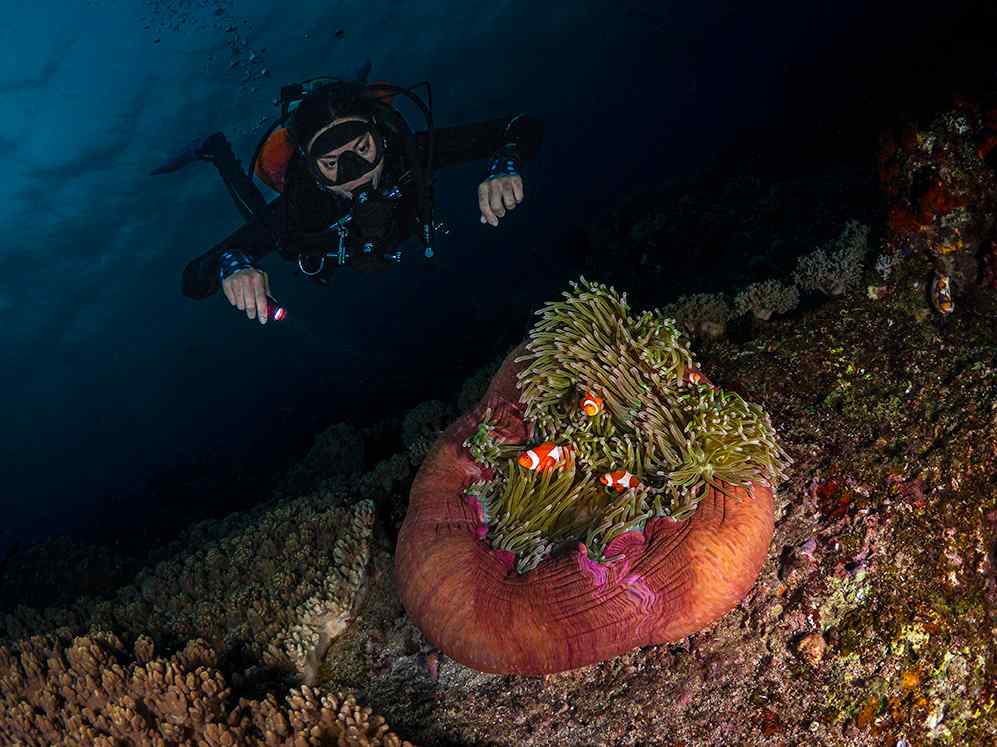
Ok lets start by clearing the air on all the different terms used for deep diving. You may have heard of scuba diving, deep diving, deep sea diving, deep dive specialty… but what do they all mean? Well it all depends on your certification level and agency, so here it is laid out for you based on the PADI model.
Recreational Diving Certifications (PADI Model)
- Open water certification dives are conducted to 18 metres (60 feet)
- Deep Advanced open water certification dives are conducted to 30 metres (100 feet)
- Deep diver specialty course dives are conducted to 40 metres (130 feet) [This is the recreational diving depth limit]
- Technical Diving certifications:
- Standard Technical diving course dives are conducted 40 – 60 metres (130 – 200 feet)
- Deep Technical diving course dives are conducted past 60 metres (200 feet)
“Deep Sea” Diving is just a phrase
In this article, we shall be discussing recreational diving and will be referring to a deep dive as anything past 18 metres (60 feet). And by the way deep sea diving is basically just any deep type of dive, some people just like to throw the word sea in there.
Read Also: How Dangerous is Scuba Diving
What to Know Before You Begin Your Deep Diving
Instructor Supervision is a MUST
Your first deep dive should be supervised by a dive instructor. This is something you can do during your Advanced Open Water Diver course. You will be instructed on how to dive to a depth of 30 meters (100 feet). You may also choose to enroll in a Deep Diver Specialty course, in which you will be trained to dive to depths of up to 40 meters (130 feet).
No matter where you dive, your first deep one should always be with an instructor as part of your advanced or Deep Diver specialty course.
Deep Diver Specialty & Other Recommended Courses
Following your certification, you could go deep diving with an experienced dive buddy. Some deep diving sites may take you to shipwrecks or may require you to use enriched air to extend the duration of your dive. As a result, you should think about taking other specialty courses such as wreck diving, peak performance buoyancy, and enriched air diver.
Environmental Factors that Influence Deep Dives
There is a significant difference between deep diving in cold water and deep diving in the tropics. My personal deep dives and those I do with students or less experienced scuba divers are dictated by conditions, location, weather, tides, other divers, and the proximity of emergency medical services.
Understanding Gas Narcosis for Deep Diving
When deep diving, you must understand the effects of both nitrogen and oxygen on your body. At 30 metres (100 feet), some divers experience gas narcosis (the euphoric feeling caused by an increased nitrogen load).
Although a euphoric feeling sounds like it could be pleasant this actually is not as it can be quite dangerous. Your judgement can become impaired, they can become drowsy or lack concentration, or can even go to the opposite end of the spectrum to euphoric and develop a sensation of being afraid and anxious.
Monitoring Depth, Air, and Buddy is Important
Not monitoring your depth, air, or buddy is a serious risk. Some of the reasons you dive with an instructor on your first deep dive are familiarity with deep-diving procedures and susceptibility to gas narcosis.
Nitrogen loads in your body tissues increase with each dive. Your body absorbs more nitrogen as you dive deeper. You are breathing four times as much air at 100 feet/30 meters as you are at the surface. Therefore the compressed air also loads your body with a compressed and concentrated load of nitrogen and oxygen which is a portion of the air mix you are breathing.
As a result, you must plan your dives so that you do not exceed your no-decompression limits, monitor your air more frequently, and understand the significance of performing a safety stop on every deep dive.
Deep Dive Tips
Know Your Computer When Deep Diving
Setup, App Use, and Reading the Interface
Diving with a computer is standard procedure. As a responsible diver, you should download your computer’s app to your mobile device, thoroughly read your computer’s manual before using it, and understand the numbers and how to access different menus.
Some operators such as La Galigo Liveaboard offer free use of dive computers for all guests on their liveaboard trips, and will provide you with training on how to use them at the start of your trip.
Tips for Dark Water, Cold Water, and Safety Stops
On darker deep dives, turn on your computer’s light as if you were night diving. Many computers include a deep-water safety stop. If you blow the deep-water stop, you may be locked out of your computer for 24 hours.
When diving in cold water (or if you get cold in warm water), plan your dive conservatively and make long safety stops. My computer counts down the three-minute stop, but if conditions allow, I extend my safety stop after each dive.
To determine which computer is best for you, speak with your local dive shop.
Why Carry a Backup and Spare Batteries
I take two computers on all of my deep dives in case one fails. I also recommend carrying spare batteries and a fully charged computer on every dive.
Diving with Nitrox? Monitor Your Oxygen Levels
When diving with nitrox, you must also monitor your oxygen levels. Because oxygen becomes toxic at depth, you should always monitor your nitrogen and oxygen levels. Your dive computer will alert you of your diving limits to dive within safe oxygen toxicity profiles.
Dealing with Low Light and Losing Color
We lose light as we descend, and also start to lose the colour red from the light spectrum. On every deep dive, I bring a primary and backup light. Although many dive areas boast crystal-clear waters, I’ve experienced midday conditions that felt more like a night dive. On deep dives, I’m always ready for dark water.
Never Use New Gear on a Deep Dive
Never use new equipment on a deep dive. Spend some time practising at your local dive shop and on a shallow dive. Adjust your mask strap if you are wearing a hood. Perform a pre-check, review hand signals, and decide what to do in an emergency.
Gear Prep, Buoyancy Checks, Emergency Planning
Carry a dive slate. Dive with a friend. Pony bottles and the skills learned from self-reliant diver training are used by many divers.
The deeper you dive, the more your air spaces compress, including your wetsuit, undergarments, and drysuit. Many divers are surprised by how much air is required for neutral buoyancy at depth.
Mask Squeeze, Marker Buoys, and Staying Within Limits
As you descend, remember to check your buoyancy every time you equalize your ears and to equalize your mask. Mask squeeze is real, and you don’t want to start your diving vacation with a couple of black eyes.
During a safety stop, you may need to deploy a delayed surface marker buoy. Practice boosts confidence. Never push your limits, especially in remote areas. Don’t jeopardize your or your fellow divers’ safety. Deep diving provides unique opportunities, but safety must be a top priority on every dive.
The Do’s and Dont’s in Deep Diving
Do’s
- Make a plan for your dive. Determine your maximum depth and time at the bottom.
- Before diving, always perform the Pre-Dive Safety Check.
- Keep an eye on your depth and pressure gauges on a regular basis. Make sure you have enough air in your tank for the ascent.
Don’ts
- Do not plan your dive so that it exceeds the dive table’s No Decompression Limits. Do not exceed your computers No Decompression Limits.
- Always dive with an experienced buddy and never dive alone.
- Never exceed your planned depth or time at the bottom.


